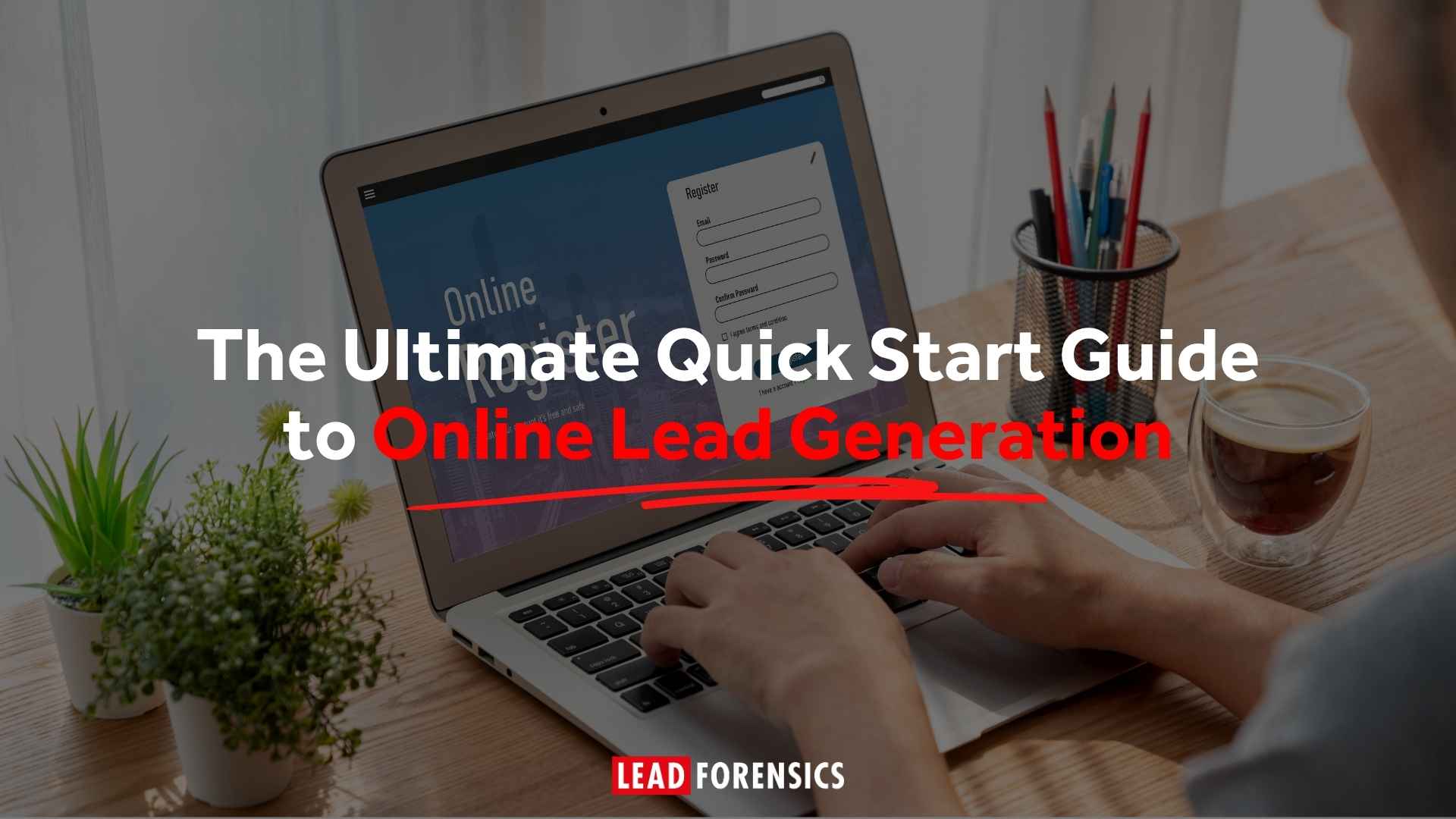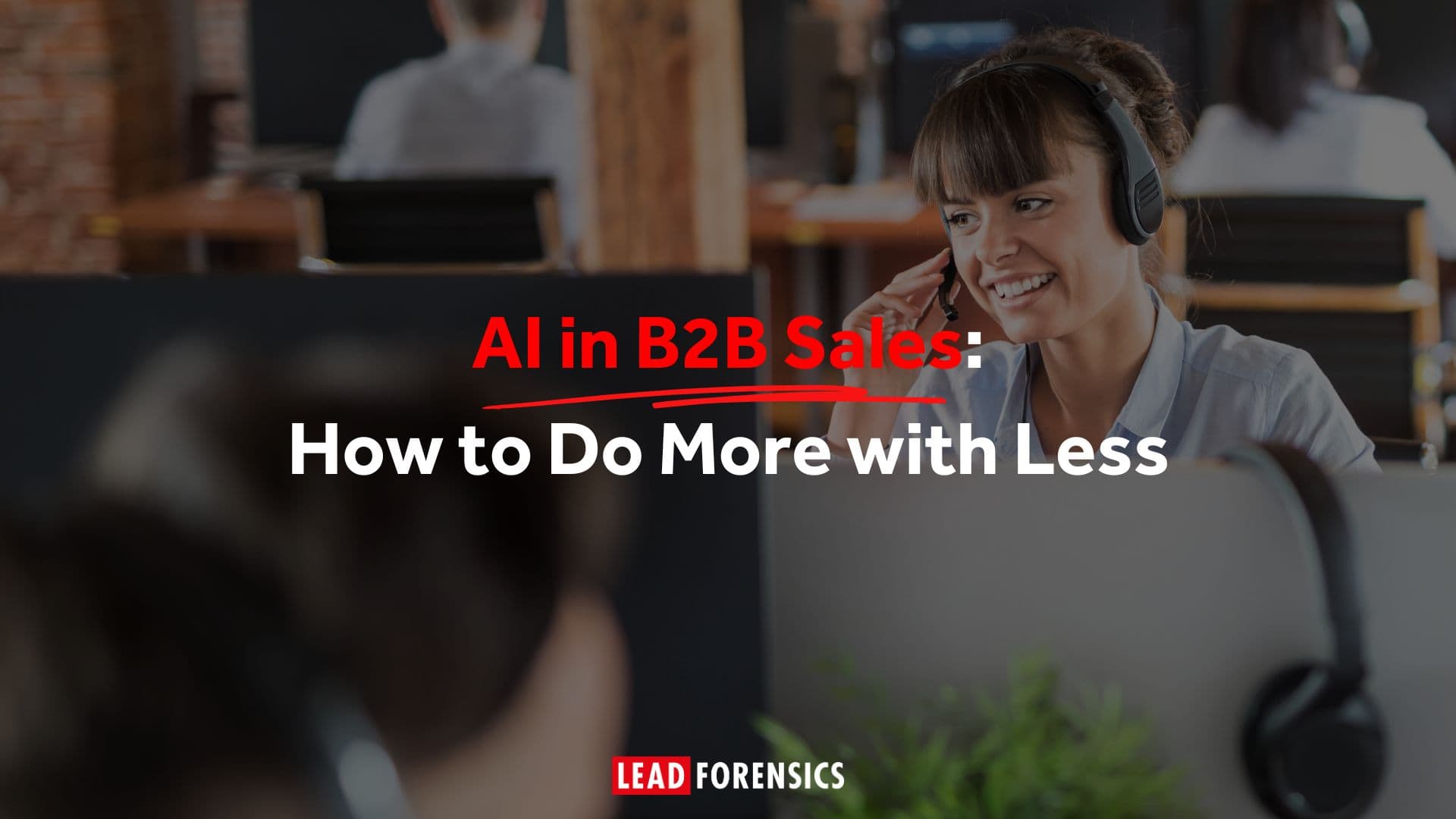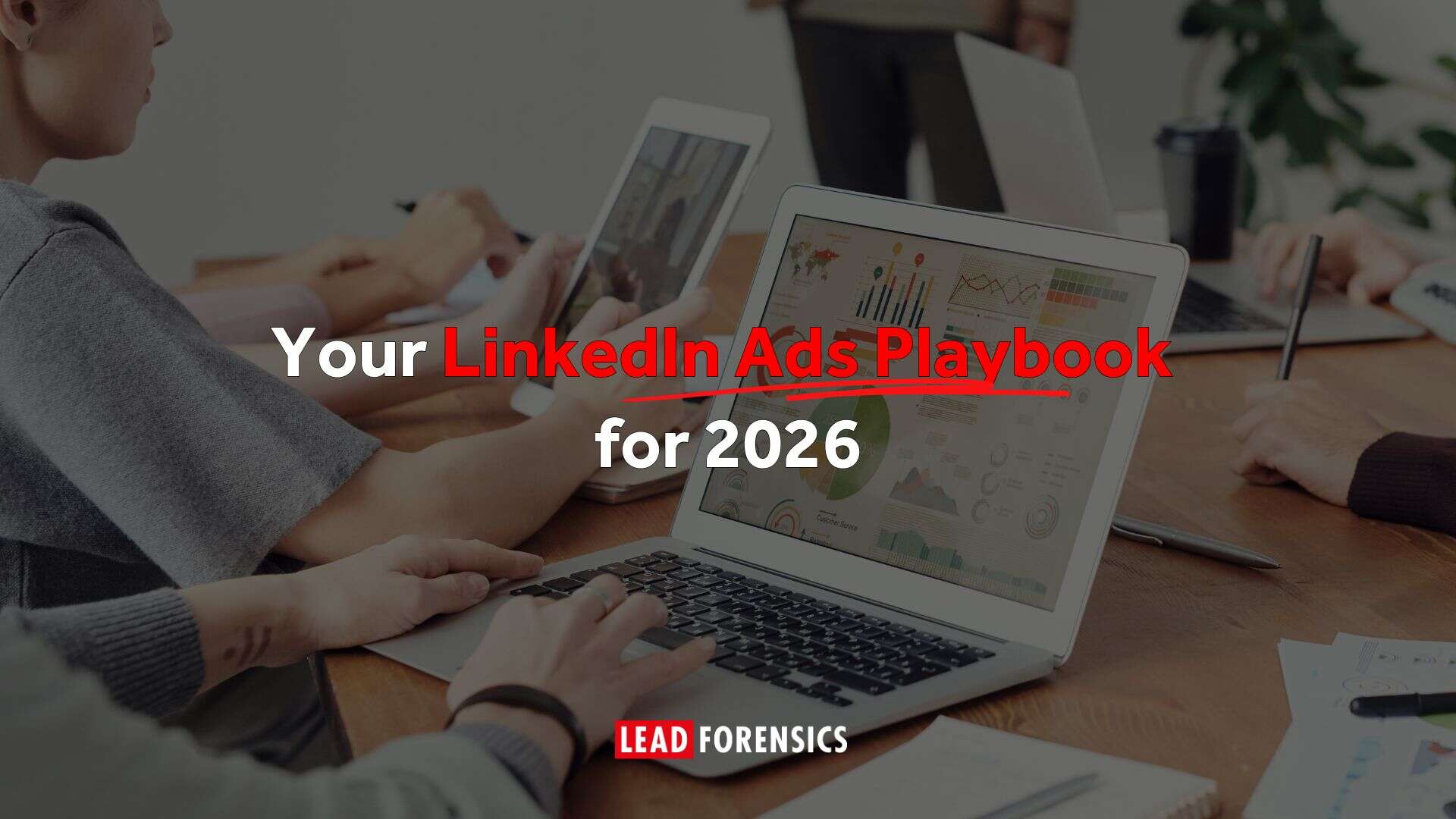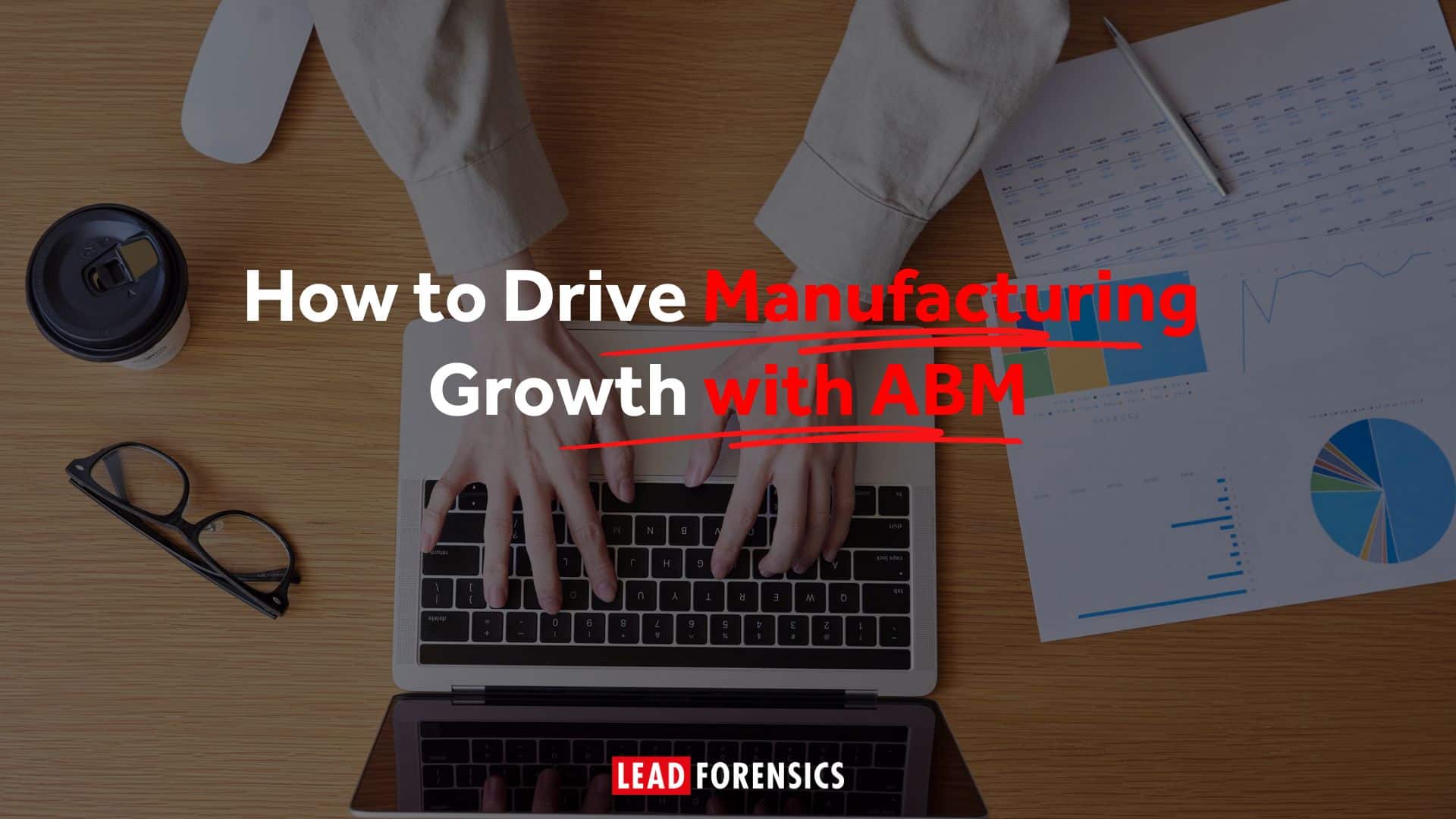Before You Begin
While this process is designed to get you started quickly, it’s wise to keep in mind that website changes need time to have an impact.
If you need an overnight boost, advertising can have a more immediate effect on your lead generation.
But if you’re prepared to invest a bit of time and patience into improving your website, you should see it deliver over the long term.
Start with Purpose: Define Who You’re Trying to Reach
Online lead generation only works when it’s aimed at the right audience. That means getting clarity on the industries you serve, the types of people who make buying decisions, and other firmographic details like size or location.
It’s important to define this first, because these are the people your content and campaigns need to resonate with – and you can’t hit the target if you don’t know where to aim. Establishing a clear view of your ideal buyer allows you to tailor messaging, choose relevant topics, and prioritize quality over quantity.
Instead of casting a wide net, focus on a clearly defined ideal customer profile (ICP). Ask yourself questions like:
- What roles are you targeting?
- What common problems do they face that your solution addresses?
- What do your buyers value? Will testimonials help, or are reviews better?
This isn’t theory; it’s the foundation of every successful lead generation strategy.
Create Something Worth The Data Exchange
To gather online leads, you need to create something that’s so good people will give you their contact details in exchange for access. It’s called a lead magnet, and it works.
In B2B, people won’t give out their details for something generic like a welcome email with a 10% discount code. You need to come up with something relevant, credible, and genuinely useful.
You could start by packaging your expertise into a downloadable asset. For example, you could build a guide that answers a specific industry challenge, a practical checklist, or a short report that shares original insights.
If you need help coming up with an idea, these tips should help:
- Ask yourself: why would someone trust us to talk about this topic? Try to find something you’re genuinely an authority on.
- Focus on solving one meaningful problem.
- Make it specific.
- Make sure the value is obvious.
Build a Landing Page That Does the Heavy Lifting
Once you know what content you can offer, you need to give it a place to exist on your website – and that’s a dedicated landing page.
A landing page is more than just another website page; its entire purpose is to drive one action: conversion.
The structure should be simple, but intentional:
- Start with a strong headline that clearly states the benefit of your offer.
- Follow that with a short explanation of what the user will get.
- Reinforce credibility with a stat, testimonial, or point of proof.
- Make the form visible, minimal, and friction-free.
Don’t overcomplicate it. All you need is one page, with one focus and one next step.
When you’re setting this up, make sure that when someone completes the form, they’re also taken to a confirmation page. It’s a good opportunity to reinforce the value of the content and position your business as a helpful expert, not a hard seller.
Design a Follow-Up That Keeps the Conversation Going
When someone completes the form on your landing page, you’ve won yourself an online lead. But that’s just the beginning of the process…
You should immediately send a thank-you email with the promised content, but don’t stop there. In the same email, you can include a helpful suggestion for what they could explore next.
You could point them towards:
- A related article
- A relevant webinar
- An invitation to speak with someone from your team.
If you can continue to be helpful, you’ll begin to build trust and move people through your pipeline.
Make Sure People Can Actually Find Your Content
Even the best content can fall flat without visibility. But publishing a landing page is only half the job, because you also need to drive the right people to it.
The quickest way to get started is to use the real estate you already have:
- Add calls-to-action across your site
- Include links in email signatures
- Put links in your other blogs
- Share it on LinkedIn
- Send it to your newsletter list
If you’ve got a spectacular piece of content that’s worth paying to boost its reach, you can also consider running small, targeted ad campaigns to get it in front of your ideal audience.
The goal isn’t to make the whole world aware of your content; it’s about reaching the prospects who’ll find it the most useful.
Qualify, Don’t Just Collect
Online lead generation only drives real value when you can separate genuine opportunities from casual interest. That means having a simple, clear process for reviewing leads and deciding what happens next.
You don’t need complex lead scoring from day one, but you do need to think about:
- Who follows up with the lead?
- When should they follow up?
- How are leads evaluated?
- What signals indicate buying interest?
You need to make sure someone is responsible for reviewing form submissions and following up with your online leads. You can use firmographic details like company size, industry, or even engagement insights to filter and hand the lead to the most appropriate person.
Try to resist the temptation to pass every lead straight to sales, because not every lead is ready to buy. Instead, focus on nurturing interest before attempting to close a deal. Your sales colleagues will appreciate being given warmer leads, and your prospects will have developed a better relationship with your brand as a result.
Measure, Learn, Improve
No lead generation system is complete without a feedback loop. You need to know what’s working and what’s not, so you can improve over time.
Look at the basics:
- How many people visit the landing page?
- What percentage of visitors complete the form?
- Where are the leads coming from?
- Are they converting into real conversations or opportunities?
You can use these insights to refine your offer, improve messaging, and allocate promotion efforts more effectively. Over time, this is how your lead generation moves from a single campaign to a repeatable engine.
Get Visibility of Potential Leads, Too
The majority of your website visitors won’t fill out any forms on your website, but that doesn’t mean that they’re not interested or getting ready to buy.
Website visitor identification tools like Lead Forensics help you uncover the companies visiting your website, even if they don’t engage with your lead magnets. By identifying anonymous visitors, showing their on-site behavior, and providing enriched firmographic data, Lead Forensics gives your team the visibility they need to capture missed opportunities, prioritize high-intent accounts, and accelerate their pipeline.
Ready to see which online leads you’re missing? Book a demo and start your free trial.






